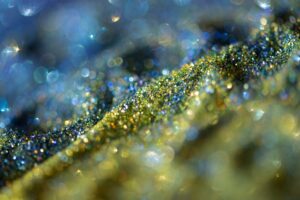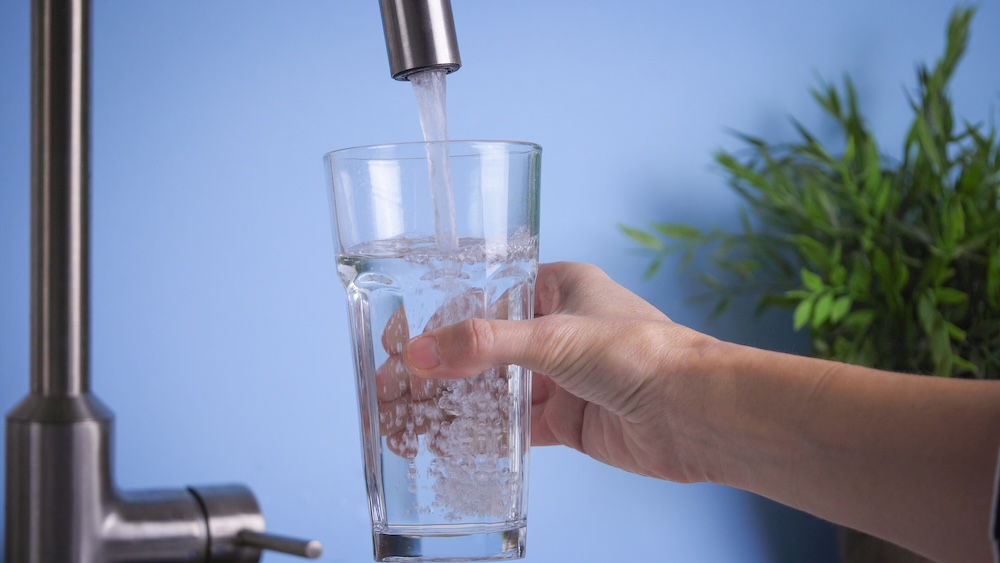Understanding Tap Water Safety
Tap water in many developed countries, especially in urban areas of the United States, Canada, and Europe, is generally considered safe to drink. It is regulated and tested regularly for contaminants including bacteria, heavy metals, and chemicals. However, the safety of tap water can vary significantly depending on your location, plumbing system, and treatment facility.
For those committed to a sustainable lifestyle, understanding tap water safety isn’t just about health — it’s about reducing reliance on bottled water, limiting plastic waste, and supporting local water infrastructure.
How Tap Water Is Treated
Municipal water treatment plants typically use a multi-step process to ensure water quality:
- Coagulation and Flocculation: Removes dirt and particles
- Sedimentation: Allows particles to settle
- Filtration: Removes smaller particles, including bacteria
- Disinfection: Typically with chlorine or chloramine to kill pathogens
The final product must meet stringent national standards set by the EPA in the U.S., or similar regulatory bodies elsewhere.
When Tap Water Might Not Be Safe
Despite regulations, certain conditions can compromise tap water quality:
- Old Lead Pipes: Homes built before 1986 may have lead plumbing
- Poor Municipal Infrastructure: Aging water systems can leak contaminants
- Industrial or Agricultural Runoff: In rural areas, nitrates or pesticides can enter the supply
- Natural Disasters: Floods or hurricanes can overwhelm water treatment systems
In these cases, filtration or alternative water sources may be necessary.
How to Check Your Local Water Quality
Annual Consumer Confidence Reports (CCRs)
In the U.S., municipalities are required to provide CCRs every July. These reports detail:
- Contaminant levels found
- Potential health risks
- Source of your water
Online Databases and Tools
Organizations like the Environmental Working Group (EWG) offer searchable databases of tap water quality by ZIP code.
Home Water Testing Kits
For personal peace of mind, you can purchase a water test kit to check for:
- Lead
- Chlorine
- Hardness
- pH levels
- Bacteria
Comparing Tap Water vs. Bottled Water
Bottled Water: The Hidden Costs
- Plastic Waste: Over 60 million plastic bottles are thrown away every day in the U.S. alone
- Carbon Footprint: Bottled water requires transportation, packaging, and refrigeration
- Less Regulation: Bottled water isn’t necessarily safer; in many cases, it’s just filtered tap water
Tap Water: The Sustainable Choice
- Lower Environmental Impact
- More Affordable
- Just as Safe — Often Safer
Using a refillable water bottle and filtering your tap water at home dramatically reduces waste and cost.
Filtering Tap Water for Added Peace of Mind
If you’re concerned about local contaminants or taste, consider filtering your tap water. Some common filter types include:
Activated Carbon Filters
- Removes chlorine, sediment, and odors
- Found in pitchers, under-sink units, and faucet attachments
Reverse Osmosis (RO) Systems
- Removes heavy metals, nitrates, and other contaminants
- More intensive but highly effective
Ceramic or UV Filters
- Good for killing bacteria and viruses in addition to filtering particles
Look for NSF-certified filters that are tested for performance against specific contaminants.
Tap Water and Sustainable Living
Plastic-Free Hydration
Choosing tap water reduces reliance on single-use plastic bottles, one of the most common pollutants found in oceans and landfills.
Lower Carbon Footprint
The energy required to pump, treat, and deliver tap water is significantly lower than that needed to produce and ship bottled water.
Supporting Public Infrastructure
Investing in your local water system (through taxes and utilities) supports community health and resilience.
Common Questions About Tap Water Safety
- Is tap water better than bottled water?
Yes, in most developed regions. It’s more regulated, affordable, and environmentally friendly. - Can I drink tap water while traveling?
Research the destination. In some countries or rural areas, it’s better to boil or filter tap water. - How can I tell if my tap water is safe?
Check your local water report and consider a home test if you suspect contamination. - Does boiling tap water make it safe?
Boiling can kill bacteria but won’t remove lead or chemical contaminants. - Are water filters worth it?
Yes, especially if you’re concerned about taste, chlorine, or specific local pollutants. - Why does my water taste or smell strange?
It could be chlorine, sulfur, or old pipes. Filtering can usually resolve minor taste issues.
Final Thoughts: Drink Local, Think Global
Drinking tap water — when it’s safe — is one of the simplest and most impactful ways to live more sustainably. It reduces plastic waste, cuts emissions, and supports your local ecosystem.
By staying informed about your local water quality and using home filtration when needed, you can confidently make the greener choice. In a world where clean water access is increasingly important, choosing tap is a vote for sustainability, affordability, and public health.








Reader Interactions